



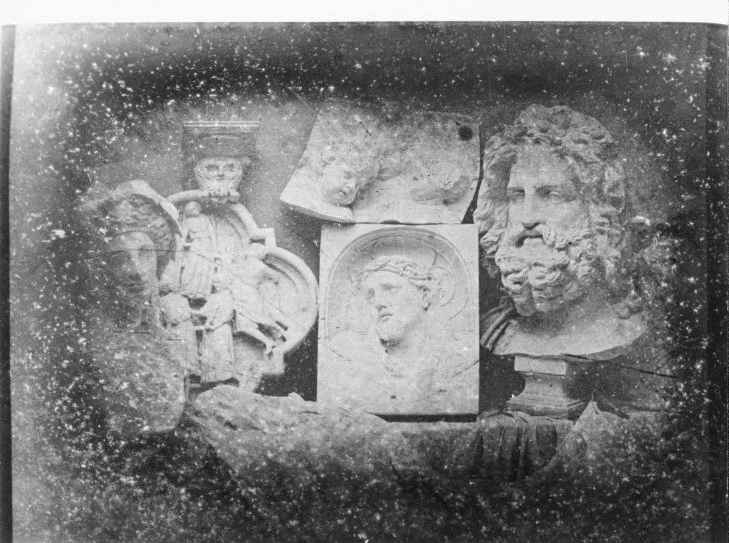
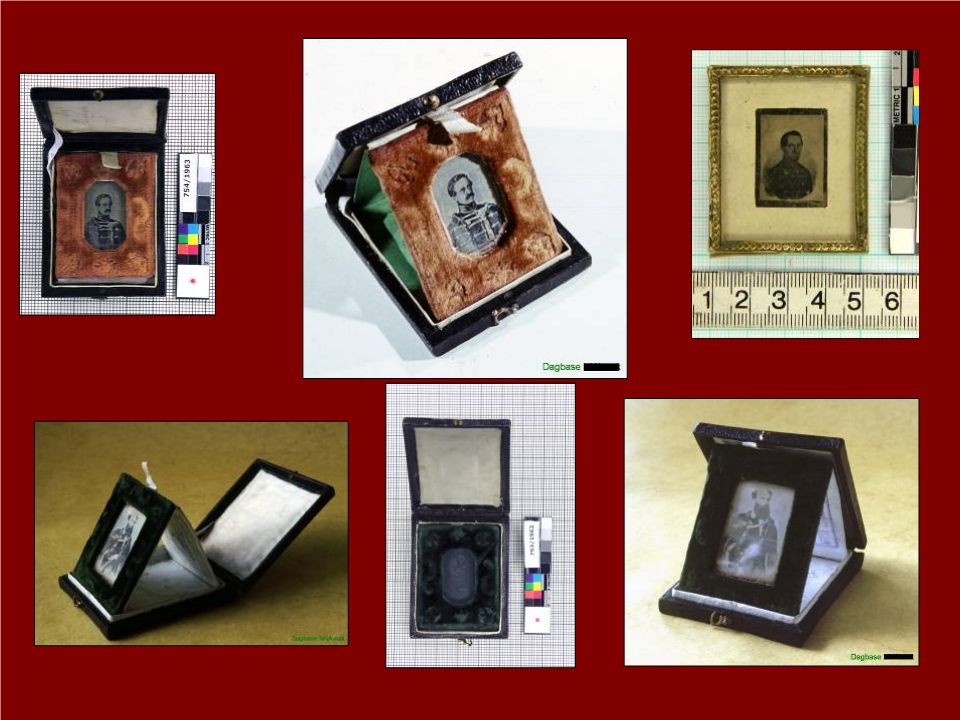

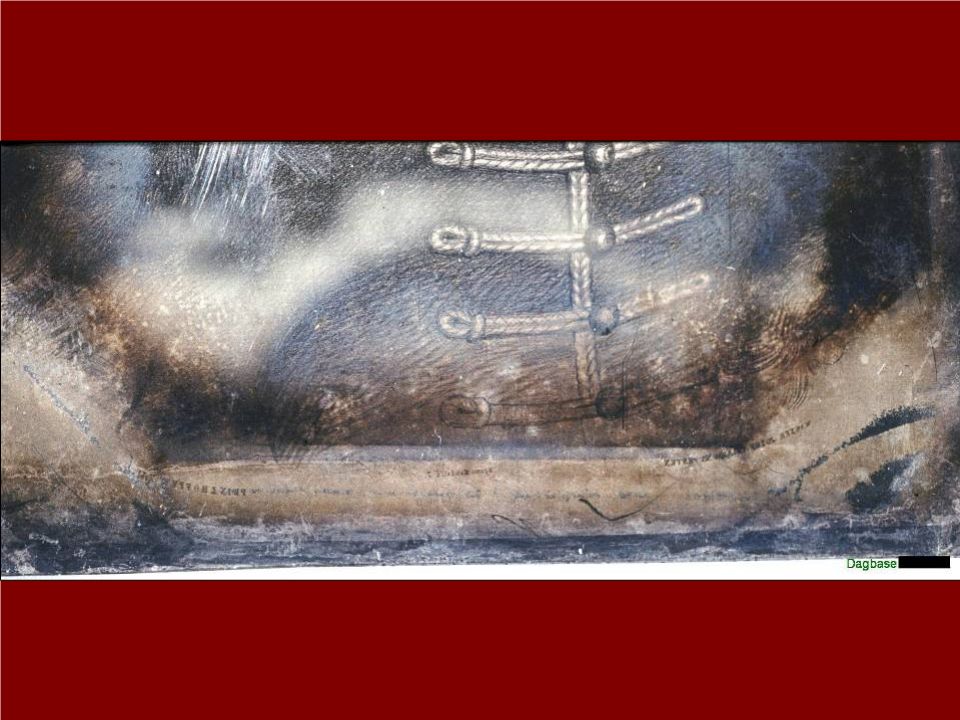



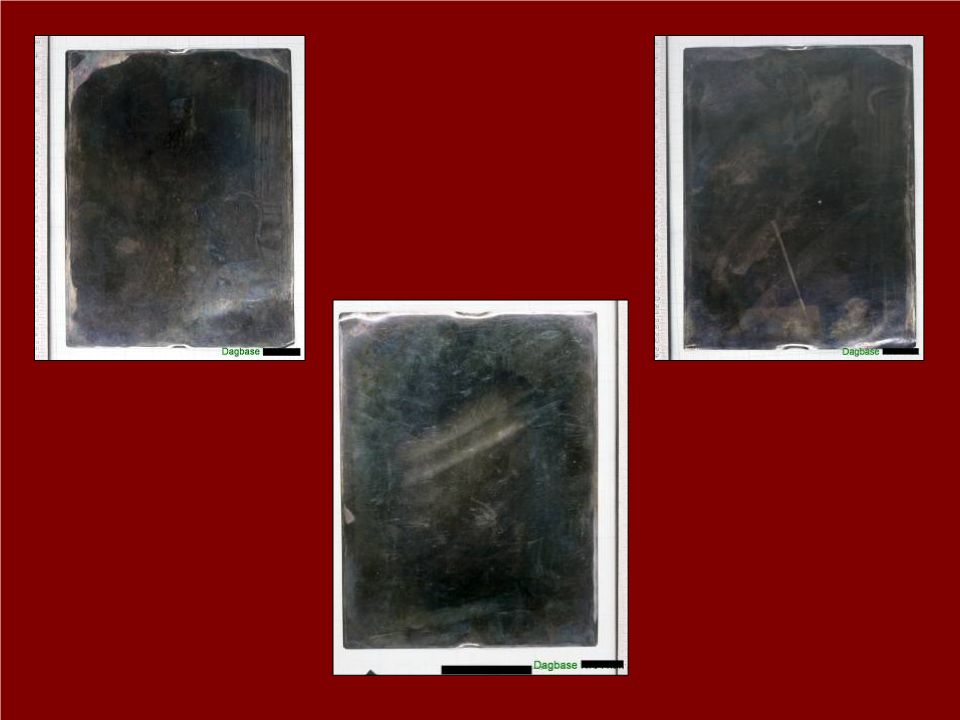
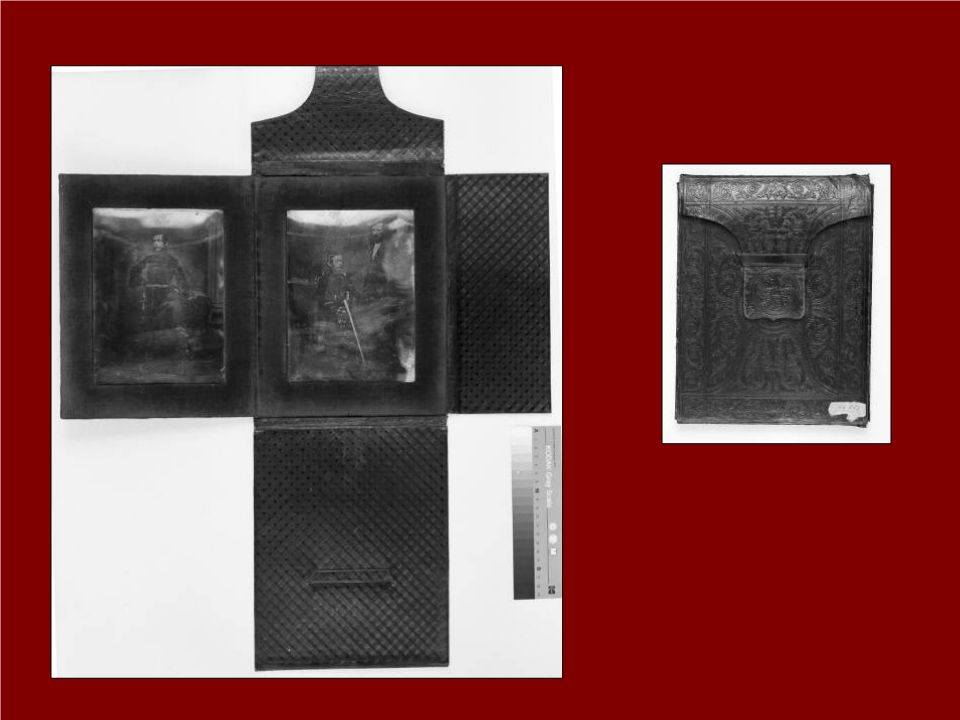
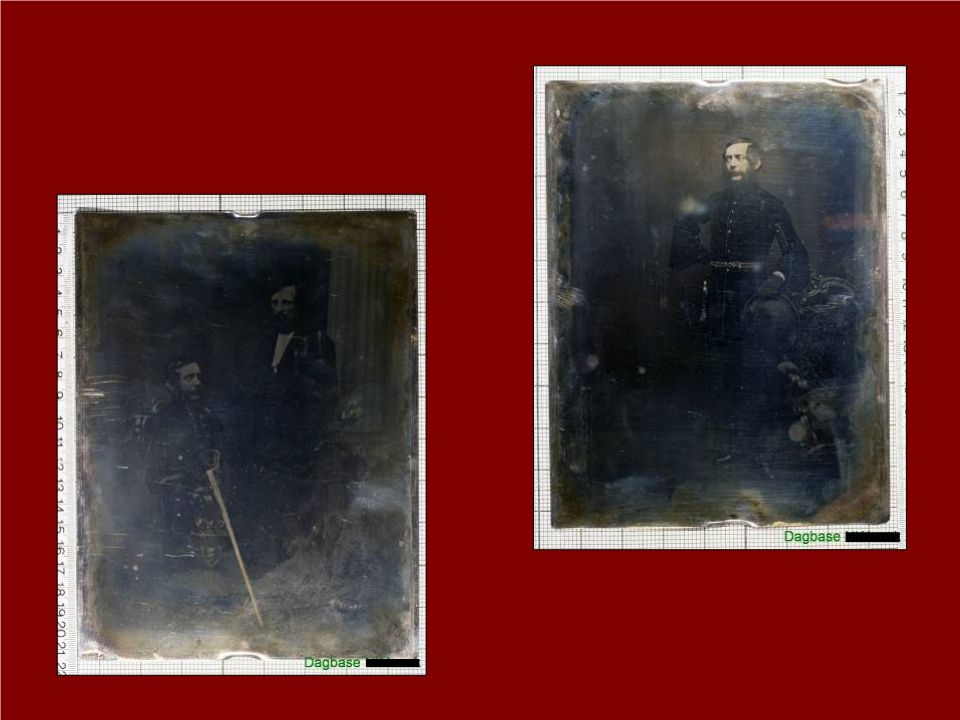
|
TABLE CELL |
HELPER TEXT
|
|
owner, inventory No. |
|
|
description of the picture, author |
man, woman, child, group,
copy, landscape photographer or atelier theme, or model name |
|
positon of the theme |
Left/right side of the original on the picture: reversed |
|
installation (case, frame, etc.) type, description |
Middle-European, West-European or French, Early or |
|
signature, other text(s) anywhere on the object place, description |
|
|
plate size and thickness (in mm-s)
|
.. mm x .. mm size name (eg: sixth plate) thickness: 0.5 mm |
|
hallmark, place, size, description |
M 40 30 20 |
|
description of the plate |
oxidation form: frame type
and average wide in mm, |
|
treatment |
Sealing, change deteriorating materials of the installation,
new glass plate (instead of original, under the original). mechanical
cleaning of plate, glass |
|
1. Record date 2. conservation 3. literature 4. notes |
1. 2. when, who 3. 4. |
